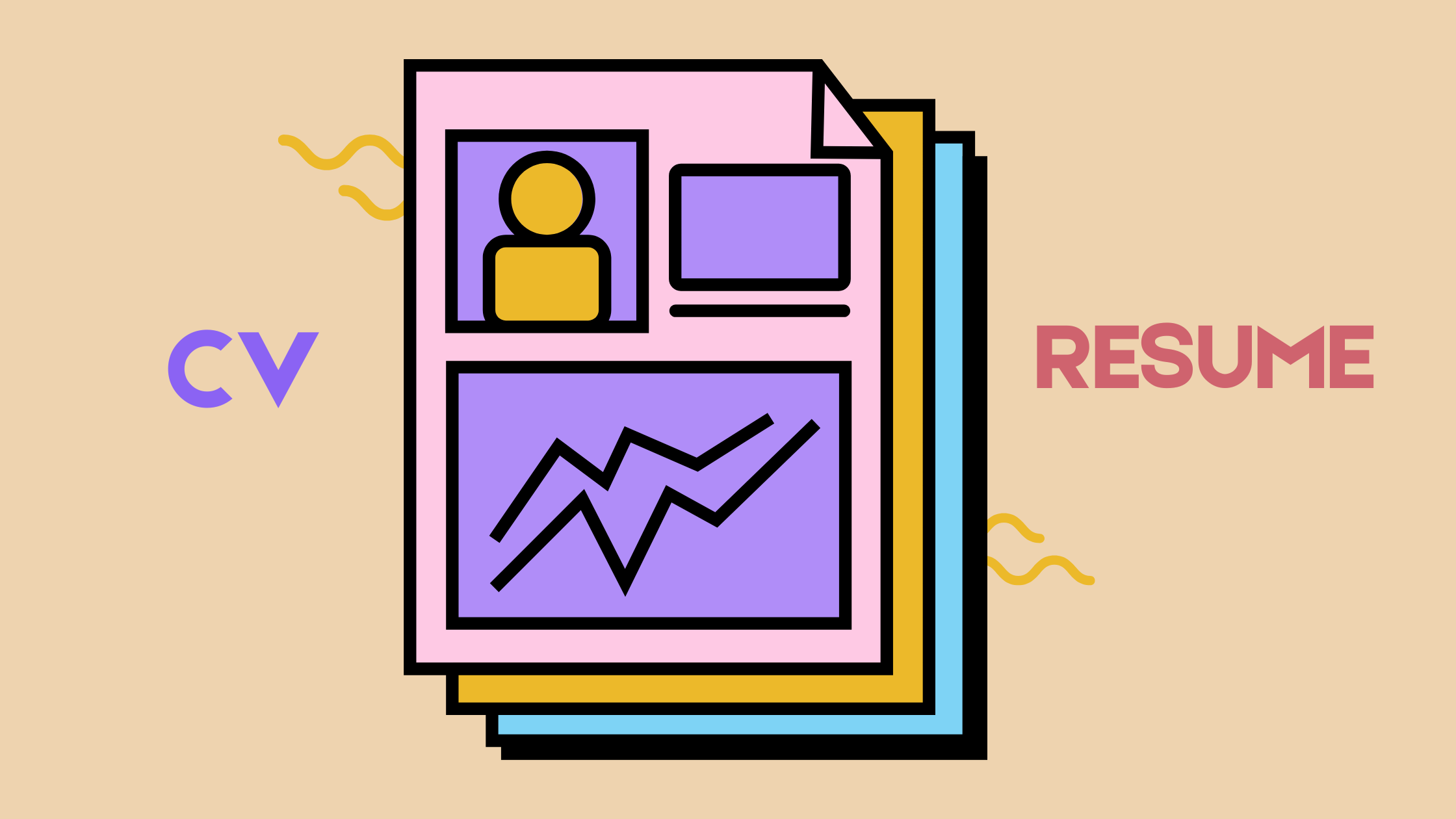The Unfiltered Truth: What Employers Really Think About Your Resume

We're pulling back the curtain to reveal what hiring managers "really" think when they scan your résumé. Here are the five unspoken truths that could be holding you back from your dream job.
1. We Only Have Six Seconds. Make Them Count.
No, that's not an exaggeration. The first glance at your résumé is a rapid-fire scan that lasts about six seconds.
In that time, we're not reading your life story; we're looking for keywords, job titles, and a clean, professional layout.
If your résumé is a dense, three-page wall of text, you’ve already lost us.
What to do:
- Think like a movie trailer: Show the highlights, not the entire film. Keep your résumé to one page if you have less than 10 years of experience, and a maximum of two pages for seasoned professionals.
- Use bullet points: They are your best friend. They break up text and make your accomplishments easy to scan.
- Be ruthless: If that summer job from ten years ago isn't directly relevant to the role you want now, cut it. Your résumé is a marketing document, not a legal history.
2. That Tiny Typo is a Giant Red Flag.
You might think a small typo or a grammatical slip-up is no big deal. To a hiring manager, it screams, "I don't pay attention to detail."
When the competition is stiff, we look for easy ways to narrow the pool. A résumé riddled with errors makes it an easy decision to move you to the "no" pile. It suggests that if you're careless with your own career document, you might be careless with your work.
What to do:
- Proofread. Then proofread again. Read it out loud. Read it backward (seriously, it helps you spot errors!).
- Get a second pair of eyes: Ask a trusted friend or mentor to review it for you.
- Use a tool: Run it through a grammar checker like Grammarly, but don't rely on it completely. Human oversight is still the gold standard.
3. We Can Tell You Sent This to 50 Other Companies.
A generic, one-size-fits-all résumé is the equivalent of a generic, boring handshake. It shows a lack of genuine interest. When we read a résumé that could have been sent to any company in any industry, we assume you're just firing off applications everywhere, hoping something sticks.
We want to feel like you want to work for us.
What to do:
- Mirror the job description: Look for keywords and specific skills mentioned in the job posting and weave them into your own experience.
- Tweak your summary: Your opening statement or objective should be tailored to the specific role and company. Mention the job title you're applying for.
- Highlight relevant skills: If the job calls for "project management" and "data analysis," make sure those skills are front and center, not buried on page two.
4. Your 'Responsibilities' Are Boring. Show Us Your Wins.
This is perhaps the biggest mistake job seekers make. Your résumé shouldn't just be a list of tasks you were assigned. We don't want to know what you did; we want to know how well you did it.
A list of responsibilities is passive. A list of achievements is powerful.
What a hiring manager sees:
- Before: "Responsible for managing social media accounts." (So what?)
- After: "Grew organic social media engagement by 45% over six months by implementing a new content strategy and community management plan." (Wow!)
What to do:
- Quantify everything: Use numbers, percentages, and data to show your impact. How much money did you save? By what percentage did you increase sales? How many people did you train?
- Use action verbs: Start your bullet points with powerful words like "Launched," "Orchestrated," "Accelerated," "Negotiated," and "Optimized."
If you're struggling to frame your accomplishments effectively, using a dedicated tool can make a world of difference. A professional resume builder like resumost.com can guide you in crafting compelling, achievement-oriented descriptions that get noticed.
5. Your 'Creative' Formatting is Just Hard to Read.
We appreciate creativity, but a résumé is not the place for it—unless you're a designer, and even then, clarity is key. Complicated layouts, hard-to-read fonts, text boxes, and distracting graphics can confuse both the hiring manager and the Applicant Tracking Systems (ATS) that scan your résumé first.
If we have to struggle to find your contact information or work history, we’re moving on.
What to do:
- Prioritize readability: Stick to clean, professional fonts like Calibri, Arial, or Georgia.
- Embrace white space: Don't cram everything together. A little breathing room makes the entire document easier on the eyes.
- Use a simple, chronological format: It's what recruiters are used to and what ATS bots can read most easily.
---
Fixing these five things will instantly put your résumé in the top tier of applications. It shows you're professional, detail-oriented, and genuinely invested in the opportunity.
Now go give that résumé a final polish and start landing the interviews you deserve.
© 2025 Resumost.
We love that you're reading our work! Please note that this content is our own. If you'd like to share or re-post it, please reach out to us for permission first. Unauthorized scraping of this site is not permitted.


